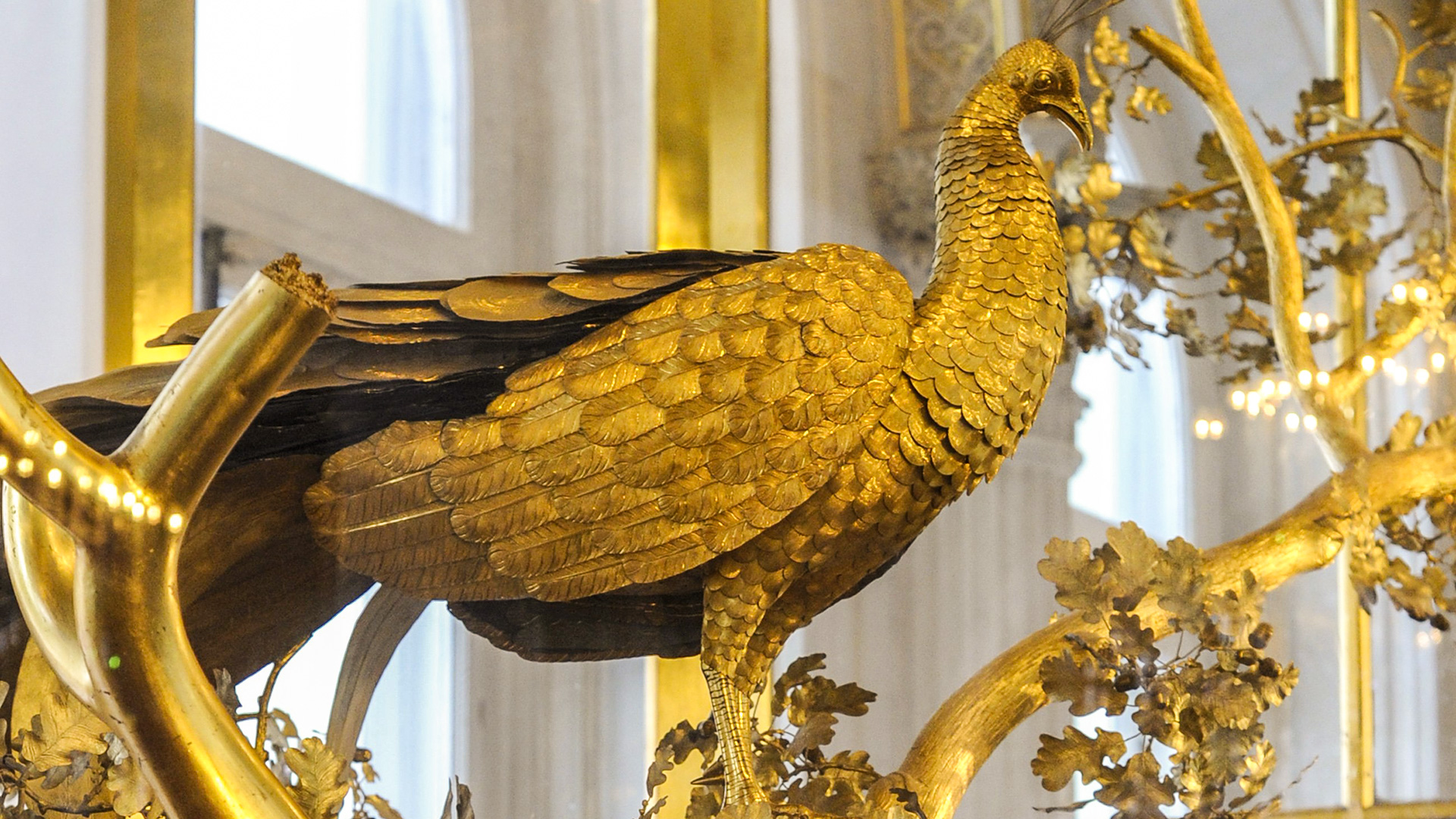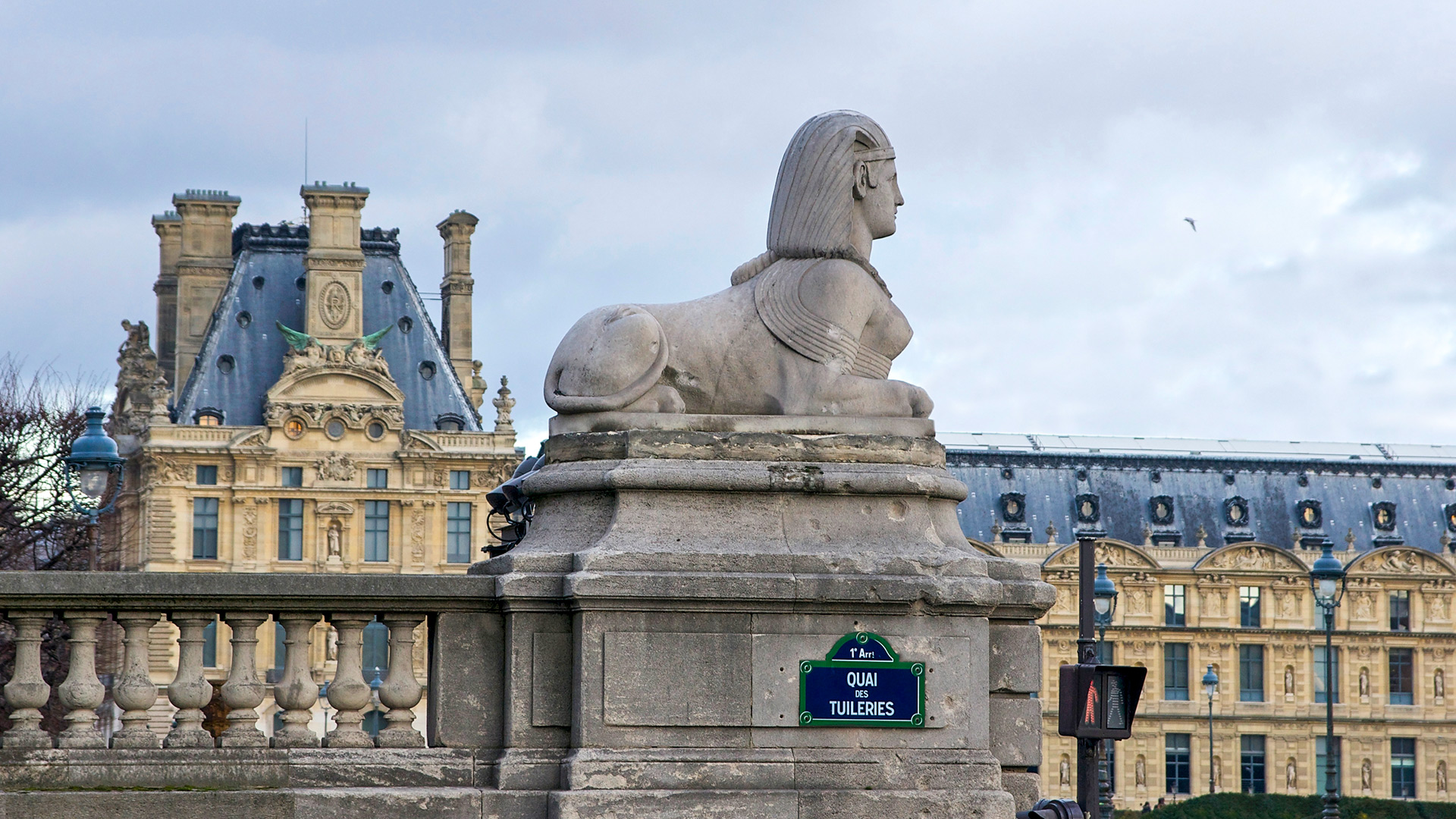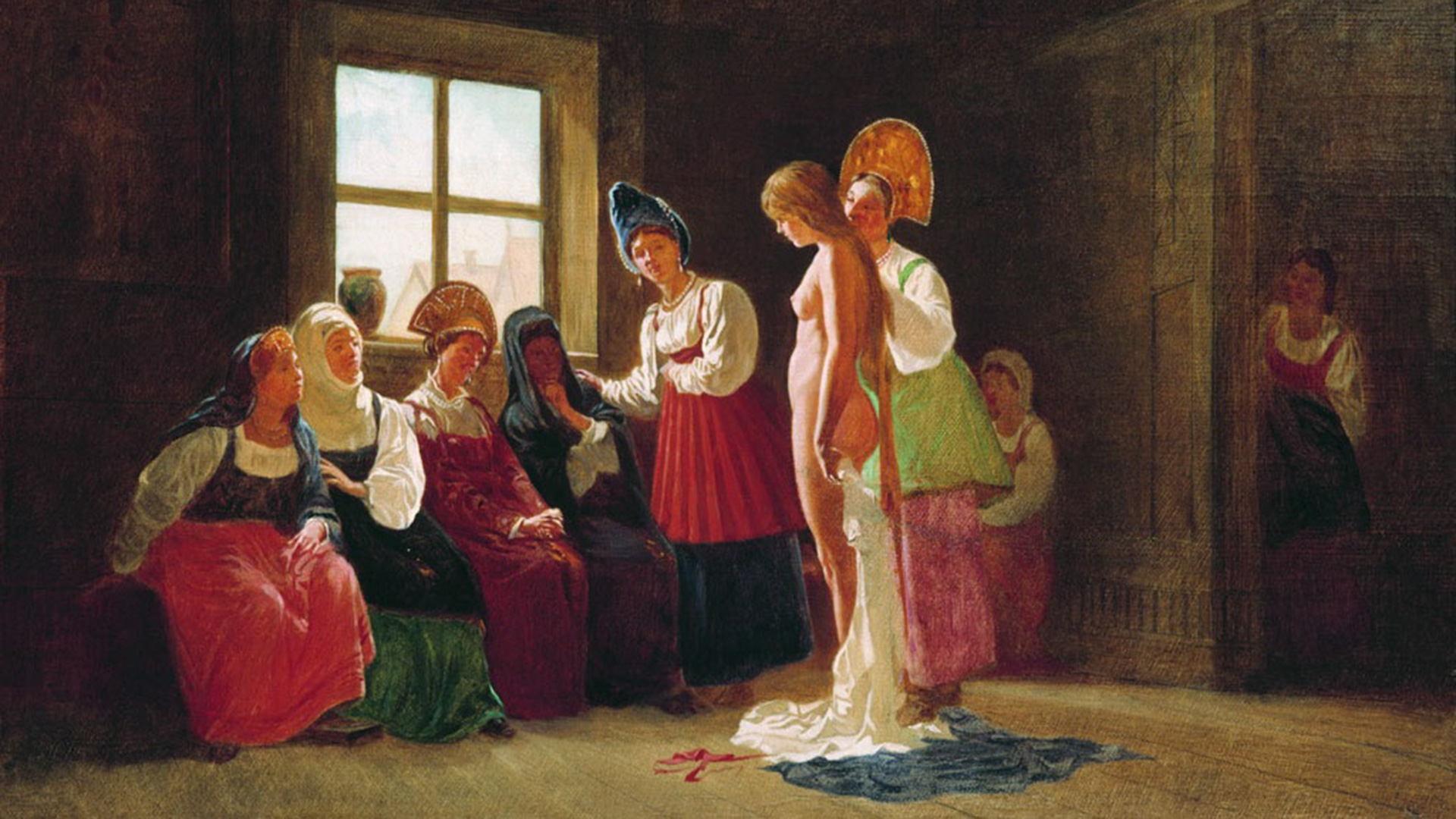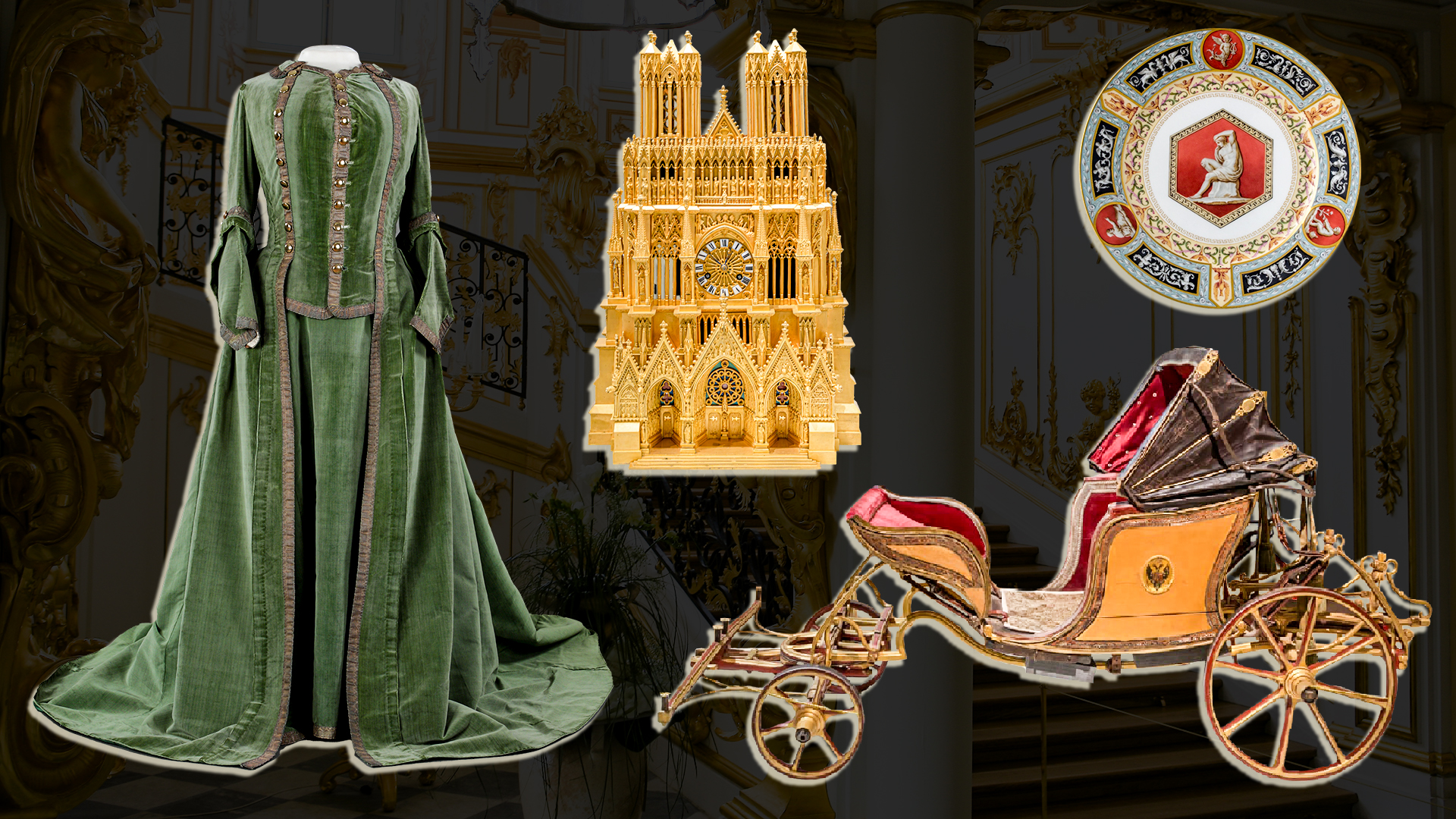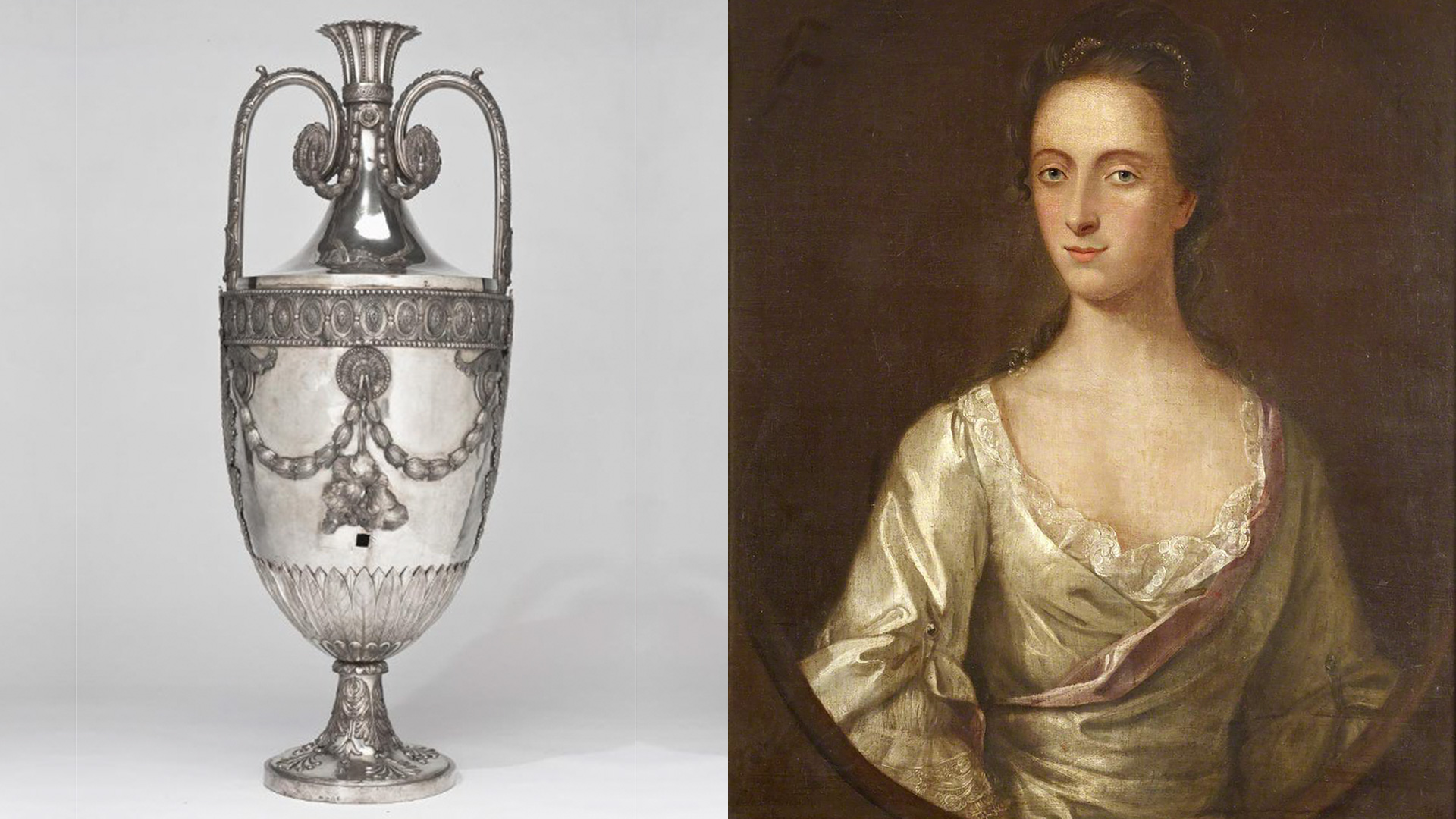
Who was the woman in the painting ‘Merchant’s Wife at Tea’?

Boris Kustodiev, confined to a wheelchair due of illness, painted this cheerful canvas in the post-revolutionary year of 1918. He complained to one of his friends that, in Petrograd, because of the cold and hunger, "everyone is only talking about food and bread". In the painting, on the contrary, abundance reigned. A portly merchant’s wife in a rich dress with a brooch drinks tea from a saucer on the veranda. The table is bursting with food: a rich muffin, fruit, ripe watermelon, jam in a jar. A cat rubs against the heroine, hoping that the mistress will share something tasty. Behind the merchant’s wife one can sees the houses and churches of a provincial town.

Behind the fence, a neighboring family is also gathered at the table for tea. The canvas - 120 by 120 cm - a lot of details. Working on it, Kustodiev turned to memories of the years spent in his native Astrakhan, the patriarchal way of life with fairs, festivities and gatherings.
Model next door

A model for the painting was quickly found - she turned out to be the Kustodievs' neighbor in Petrograd, a student at the Medical Institute, Baroness Galina Aderkas. She belonged to an old noble family, but she did not advertise her origins. She spent her childhood in Khabarovsk, studied at a gymnasium and, in 1917, entered the Petrograd Women's Medical Institute. Soon, she got acquainted with the Kustodievs. The artist painted the portrait quickly, in just a few days, adding additional volume to the Aderkas’ “appetizing” forms.

The painting was first presented to the public in 1919 at the First State Exhibition of paintings by Russian contemporary artists in the Palace of Arts - as the Winter Palace was then called. A few years later, the artist once again returned to this theme and painted a painting of the same name, but with a different composition and model. Now, it decorates the halls of the Nizhny Novgorod Art Museum. And ‘Merchant’s Wifeat Tea’ has been in the collection of the Russian Museum since 1925.
Music instead of medicine
One of Galina Aderkas’s great hobbies was music: she participated in a musical-drama group and then, without finishing her studies at medical school, she left for Moscow to enter the Sokolnichesky Music School.
Her career as a vocalist took her to the Moscow Chamber Opera Theater. She also sang in the choir of the music editorial office of the All-Union Radio Committee and worked in a touring and concert association. She married historian and composer Sergei Boguslavsky, author of the music for the movie ‘St. Jorgen’s Day’ (1930) and gave concerts with him. In 1940, the singer disappeared: there is no information about what happened to her - whether she was repressed or quietly emigrated. Perhaps, Aderkas decided to make another drastic change in her life, but this is not known.




